Spooking Yourself While Social Distancing
Real Life Horror In Japan
Halloween 2020 is different—so let’s give it a classic Japanese twist!
While long-haired specters clad in white are the most Japanese of horror tropes, many of Japan’s ghostly tales come straight out of real life. If you’d like to scare yourself silly for this Halloween in Japan, but aren’t big on visiting a haunted house during a pandemic, why not try a good old fashioned kimodameshi?
Testing Your Liver
Kimodameshi (肝試し or きもだめし), literally means “testing your liver” and is a bravery challenge wherein you (alone or with friends) head into abandoned structures, parks, temples, shrines, and so on to prove your bravery. The goal is to “survive” your trip into this haunted location, although if Japanese pop culture is to be believed, this is also a great way to get yourself cursed. While more common in the summer months, and especially around Obon, the fall is the perfect time to go for long walks outdoors, and it’s less likely to be crowded with other thrill-seekers too.
the goal is to “survive” your trip into this haunted location, although if Japanese pop culture is to be believed, this is also a great way to get yourself cursed
That being said, abandoned properties tend to be run down, extremely dangerous sites that are also heavily patrolled by police or private security companies, and some even come with steep fines for trespassers, so visiting a public haunted spot is the safest option. I’m a huge kimodameshi fan, and have spent years checking out various locations across the country, so the following information is based on over ten years worth of study and travel with Japanese ghost hunters and urban explorers alike.
Five Chilling Locations in Tokyo
1. Taira no Masakado’s Grave
Perhaps the most famous of all ghostly locations in Tokyo, the grave of Taira no Masakado (将門塚, Masakado Zuka) located in Otemachi, is one that has plenty of circumstantial proof to back it up. Technically only his head is buried here, as it flew from Kyoto to what later became Tokyo after his murder in 940 AD. Enshrined in the heart of Tokyo’s financial district, Masakado’s grave has allegedly been behind lightning strikes, suspicious fires, industrial and automotive accidents, sudden outbreaks of disease, and major company bankruptcies.
Not only that but according to ghost hunters, those that visit the grave without showing proper respect can end up suffering as well. Sudden breakups, lost jobs, and in one very unlucky friend’s case, two broken wrists after falling down the stairs of their home station the same night of a drunken visit to the grave make this spot arguably one of the most dangerous. Sure, these could all be coincidental, but it’s probably better to be respectful than sorry, right?
2. Toyama Park
Toyama Park (戸山公園) is a beautiful urban green space located about a twenty-minute walk from Shinjuku Station. What makes Toyama Park stand out is that the main hill there, known as Hakone Yama, is the site of a mass grave.
Various medical facilities were located in the park’s area during the Second World War, and it was allegedly here that the Imperial Army Unit 731 buried victims of their human experimentation. For decades this was just speculation until 1989, when the remains of roughly 100 individuals were uncovered. These have never been conclusively studied, though a 2001 report by the Health, Welfare and Labor Ministry states that the remains may have been medical specimens or could have possibly come from the battlefield.
Disembodied voices speaking in foreign languages (the victims were allegedly Chinese, Mongolian, Russian, or other Europeans) have been heard here, and even an eerie hitodama (will-o’-the-wisp) light has been seen on and around the hill.
3. Hachioji Castle
The Hachioji area is full of haunted locations, which stands to reason, given the grisly history of the region. Hachioji Castle belonged to the Hojo family, who ruled the Kanto region during the Sengoku era. The Hojo ruled via Odawara Castle, Edo Castle (the Imperial Palace), Hachioji Castle, and others—but it was the attack on Hachioji Castle that brought the Hojo family to ruin.
There’s simply too much history to unpack in a single entry, but as Hachioji fell to Toyotomi Hideyoshi’s armies, the women and children of the castle committed suicide by throwing themselves into a nearby waterfall. According to legend, the waters ran red for three days, and to this day, the screams of women and children, as well as of soldiers and even phantom horse hoofbeats can be heard within the grounds.
4. Old Komine Tunnel
The old Komine Tunnel (旧小峰トンネル Kyu Komine Tonneru), part of the highway system in Hachioji, was a perfectly normal tunnel until 1989 when Japanese serial killer Tsutomu Miyazaki murdered a little girl and left her body near there. This horrific crime naturally shocked the nation, and many called for the tunnel to be abandoned. In 2002, the new Komine Tunnel was finished, and the old was left to rot.
Ghost hunters and locals alike have stated that the ghost of a mutilated little girl still lingers both in the tunnel and the nearby woods. Those that have gone on more recent visits claim that the ghost of Miyazaki, who was executed for his crimes in 2008, may also lurk in the tunnel.
5. Doryodo Temple
You wouldn’t think that a Buddhist temple would be a haunted location, but Hachioji will prove you wrong yet again. The ruins of Doryodo Temple (道了堂 Doryo-do) are located in what is now Otsukayama Park. The temple itself was established in 1874 and was a sort of stopping point along the Silk Road which traveled between Yokohama and Hachioji, though it was only prosperous for a short time. After the advent of the railways, it further declined and was nearly forgotten about. Then, two confirmed incidents took place that brought Doryodo Temple back into the spotlight.
The first took place in 1963. The 82-year-old female caretaker for the temple was robbed and murdered on the grounds. The temple was then closed and largely forgotten about—until 1973, when the body of a missing Rikkyo University student was found near there (within 2 km of the temple). According to the news at the time, the victim was killed by her lover and professor, who also murdered his own wife and children before committing suicide. Her body wasn’t discovered until several months after the murder-suicide took place, which itself was a major scandal. The student who was unnamed in most sources had allegedly been pregnant and missing since July of that year. The temple was then either torn down, fell apart naturally, or subject to arson—depending on who you speak to)—in 1983.
according to the news at the time, the victim was killed by her lover and professor, who also murdered his own wife and children before committing suicide
Some believe you can still hear the student whispering in the grounds, while others say that you can hear the old woman crying and begging for forgiveness for not protecting the temple. Visitors to the park and that area specifically state that the whole temple area feels gloomy even on a sunny day.
Less Scary Kimodameshi Spots
Perhaps you’d like to go somewhere with a less grisly history? Visiting a Japanese cemetery may be more your style. If you go during the day, many of the major cemeteries have maps available that show the locations of their most famous graves. This information can also be found online, often in English as well.
Three of the best to visit in Tokyo are Aoyama Cemetery (青山霊園 Aoyama Reien) in Aoyama, Yanaka Cemetery (谷中霊園 Yanaka Reien, though still commonly called 谷中墓地 Yanaka Bochi) in Nippori, and Zoshigaya Cemetery (雑司ヶ谷霊園 Zoshigaya Reien) in Zoshigaya.
Aoyama Cemetery is the final resting place of Toshimichi Okubo, a samurai that helped to overthrow the Tokugawa Shogunate, and of Hachiko—the famous Akita dog—and his owners, Professor Hidesaburo Ueno and Yaeko Sakano.
At Yanaka Cemetery lie the graves of Japan’s last shogun, Tokugawa Yoshinobu, and of Ichiyo Higuchi, the author that graces the ¥5,000 note as well. One other noteworthy point about Yanaka Cemetery is that, while there was a five-story pagoda within the grounds, it was burned down in 1957 by two lovers during a suicide pact.
Zoshigaya Cemetery is a good place for fans of Japanese literature and art to visit as well. Here you’ll find the graves of Lafcadio Hearn, Kyoka Izumi, Natsume Soseki, Gekko Ogata, and that of Ginko Ogino, Japan’s first licensed and practicing female doctor of Western medicine.
Even Less Scary Please!
If visiting a cemetery isn’t quite your style either, then perhaps looking at old scientific paraphernalia and oddities might suit your tastes. In that case, you’ll want to visit the JP Tower Integrated Science and Culture Museum Intermediatheque (or IMT for short).
View this post on Instagram
IMT is home to a vast collection of samples and specimens that were once used for research by the University of Tokyo, and include giraffe and whale skeletons, ancient mummies, seashells, and more. Even the display cases used are historical pieces—one of the main tenets of the museum is Redesign+, which means giving these old items and artifacts a new purpose now that they are no longer suitable for scholarly research.
Halloween in Japan has always been a little different to the West, but it will be especially so in 2020. Why not make the most of your social distance time to plan a ghostly tour of your own design?

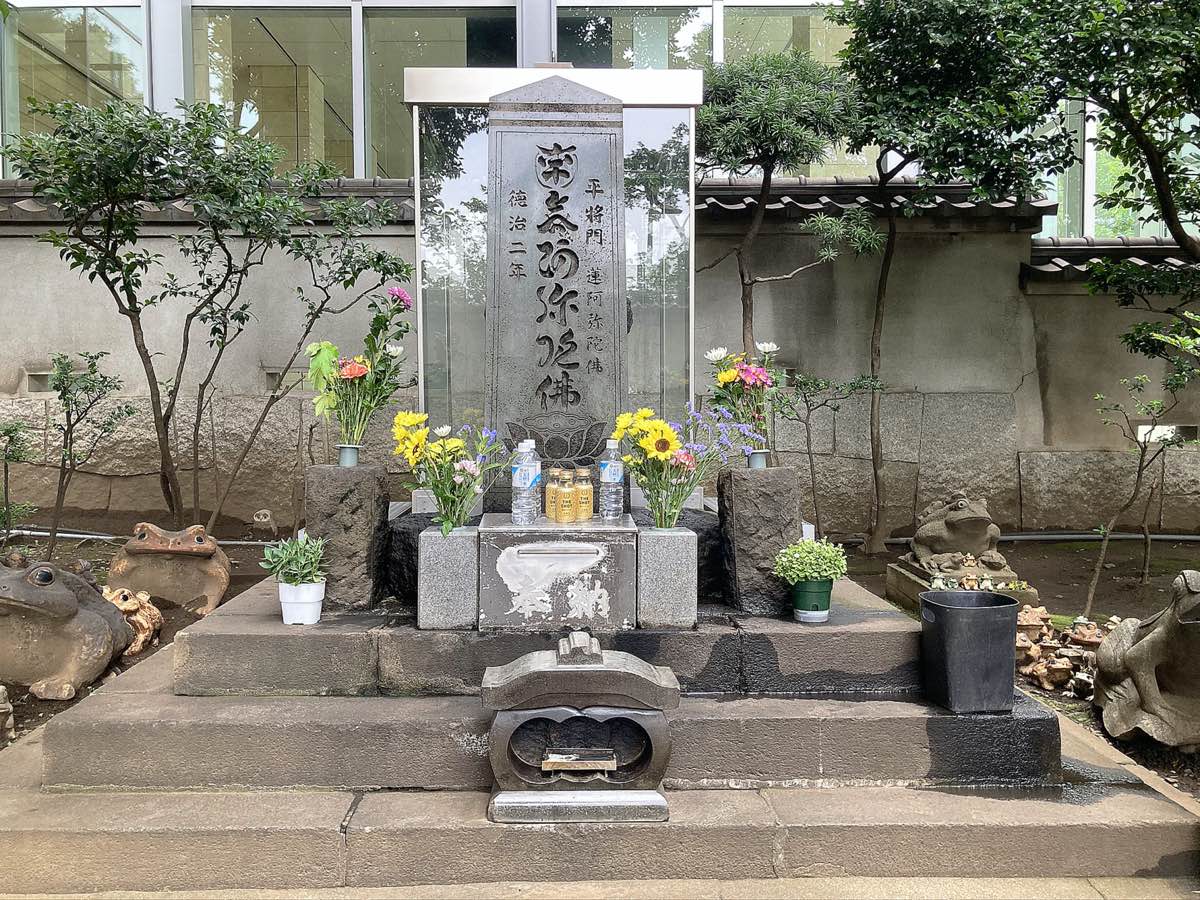
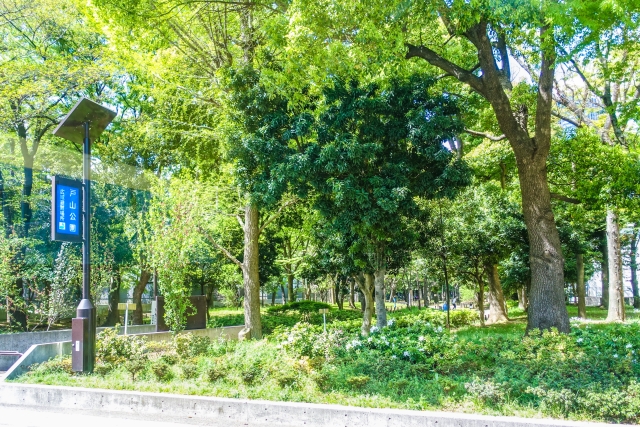

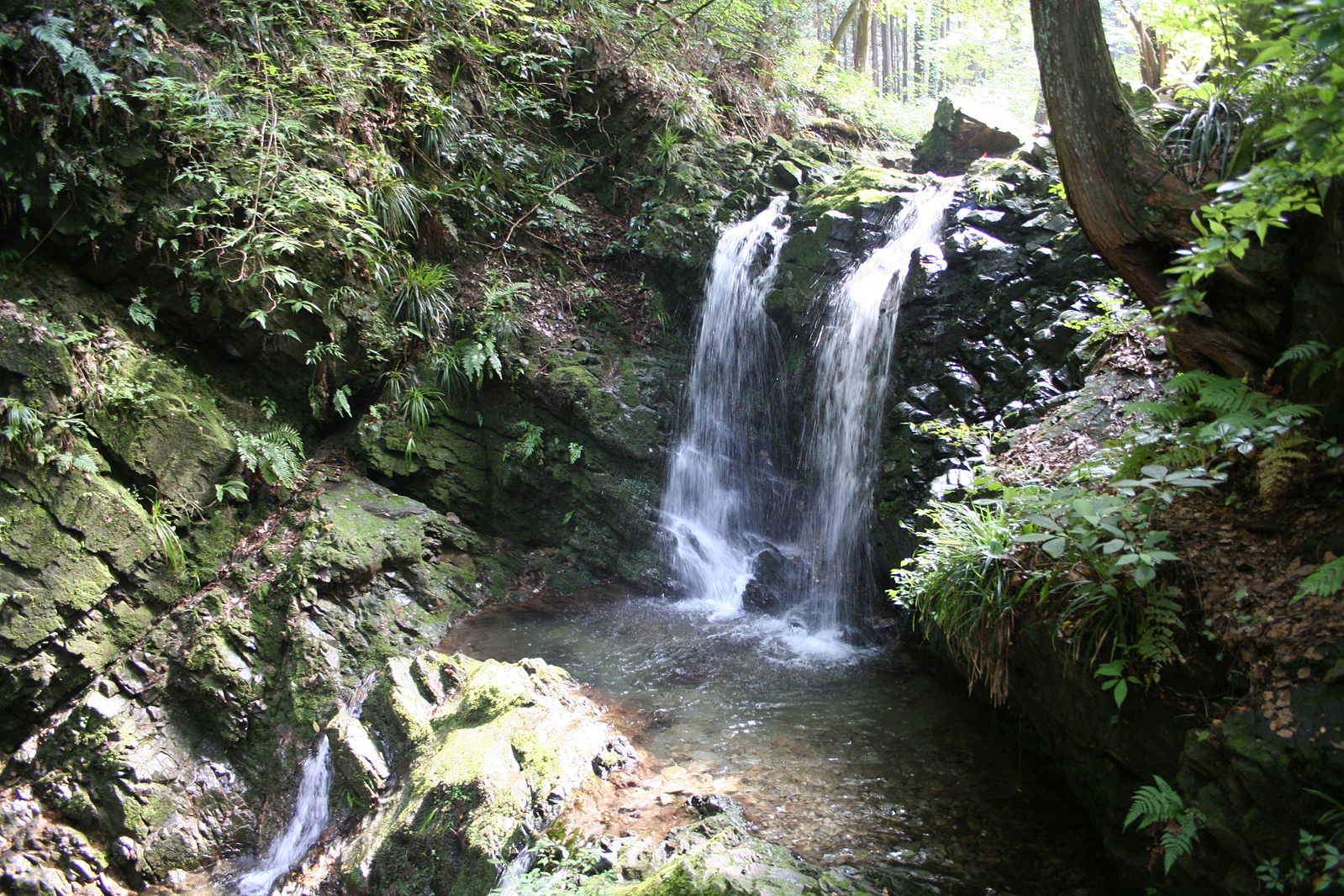
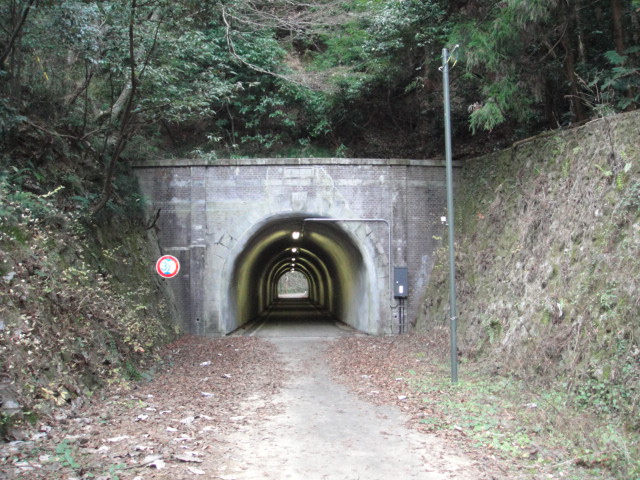
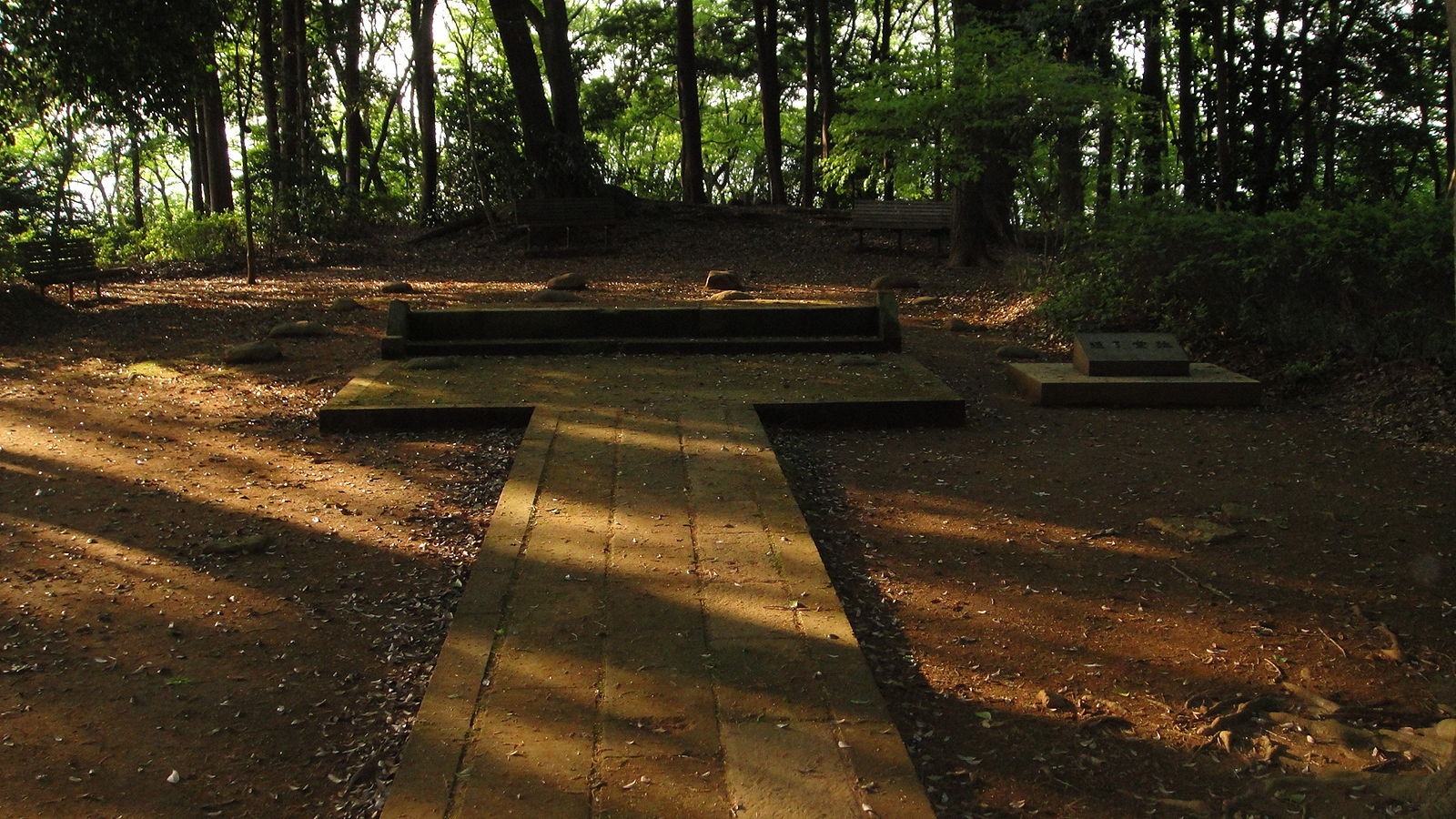















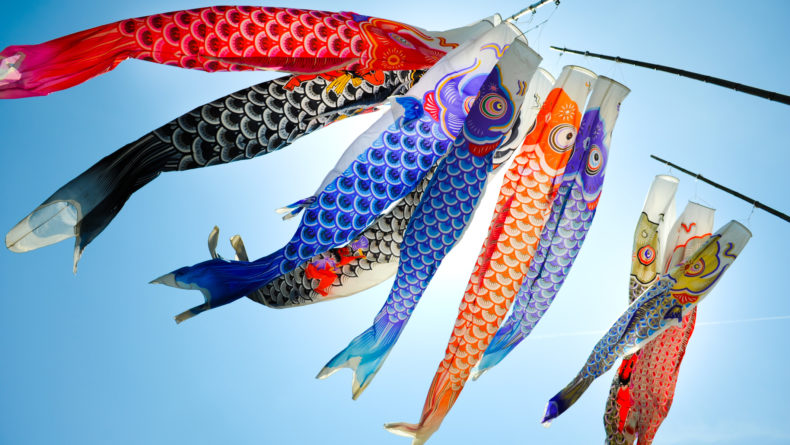

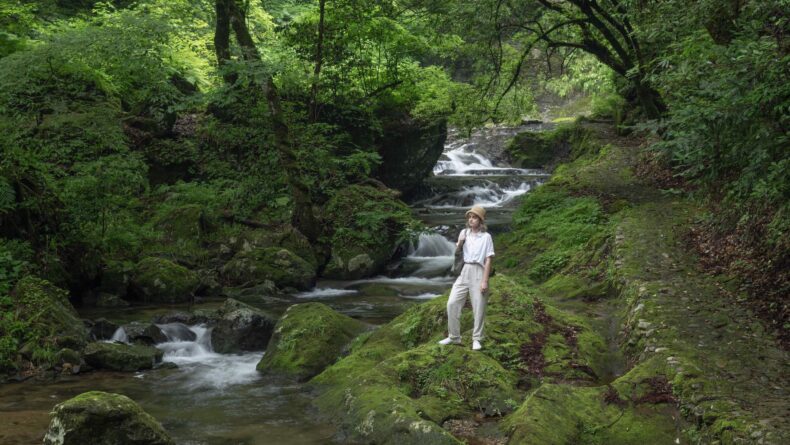
Leave a Reply